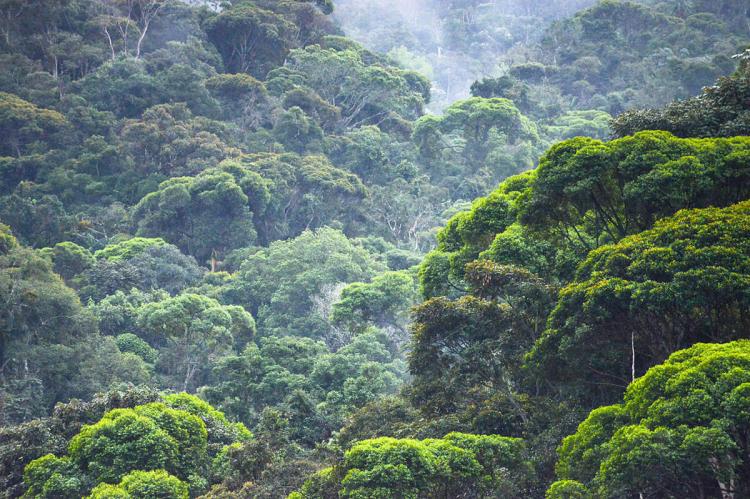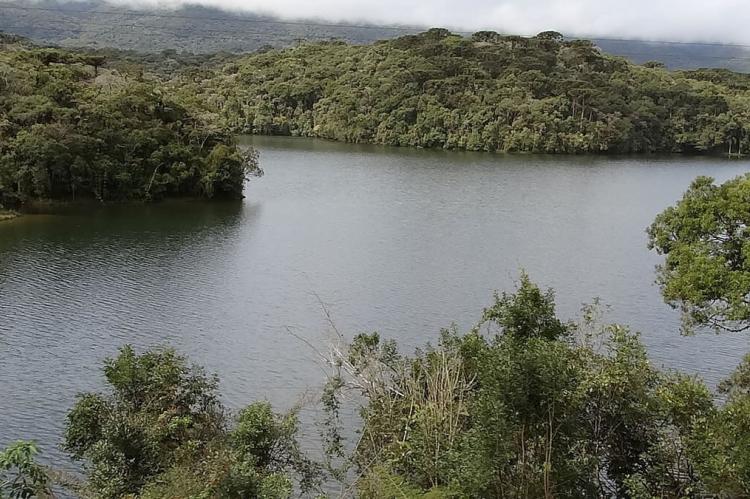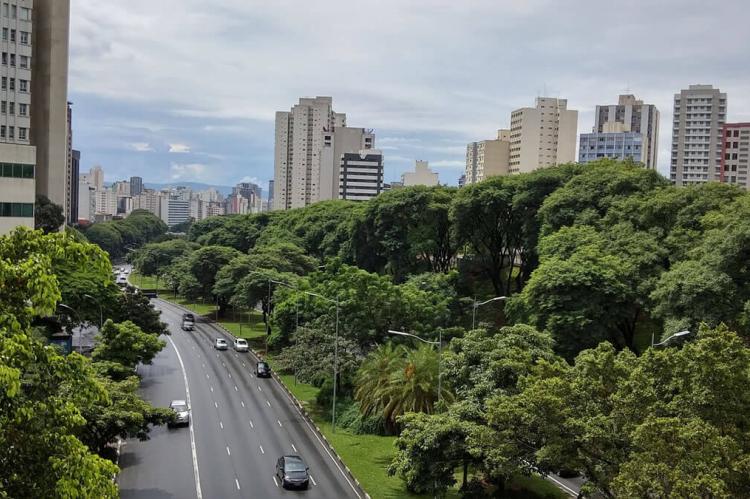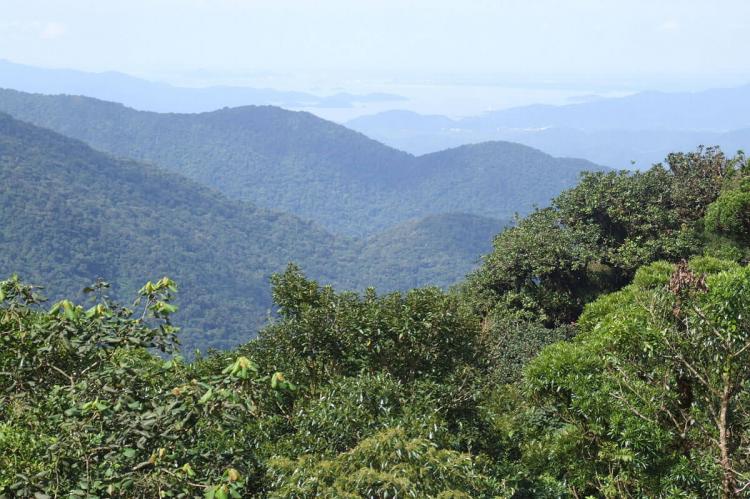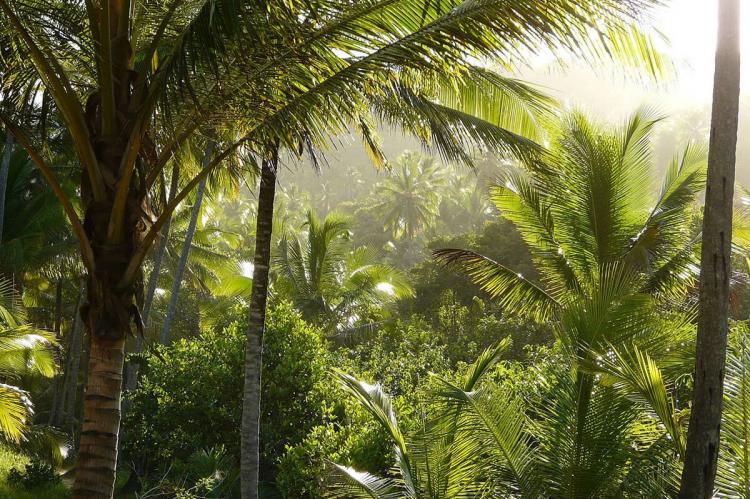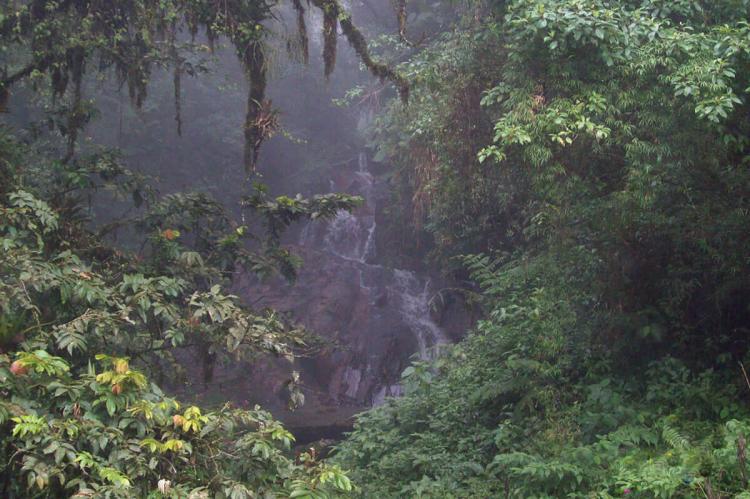Exploring the Richness of the Mata Atlântica Biosphere Reserve in Brazil
Nestled within the heart of Brazil, the Mata Atlântica Biosphere Reserve stands as a testament to the country's commitment to preserving its rich natural heritage. It encompasses critical portions of the Atlantic Forest and proudly holds the distinction of being the pioneer among Brazilian biosphere reserves.
Mata Atlântica Biosphere Reserve
Exploring the Richness
Nestled within the heart of Brazil, the Mata Atlântica Biosphere Reserve stands as a testament to the country's commitment to preserving its rich natural heritage. Established in 1992, it proudly holds the distinction of being the pioneer among Brazilian biosphere reserves. This expansive reserve encompasses critical portions of the Atlantic Forest, spanning 14 states, including the State of Minas Gerais and the entire coastal stretch from Ceará to Rio Grande do Sul. Additionally, it encompasses the São Paulo City Green Belt, forming a comprehensive network of protected areas.
Ecological Diversity
The Mata Atlântica Biosphere Reserve is a mosaic of diverse ecosystems, ranging from tropical humid forests in mountainous regions to coastal marine environments. The reserve's moist, sub-tropical, semi-deciduous forest harbors many plant species, including notable ones like Araucaria angustifolia, Podocarpus lambertii, and Drimys brasiliensis. The associated ecosystems include upland meadows, cerrado, mangroves, salt marsh scrublands, and sand spits, creating a dynamic and interconnected landscape.
Geographic Significance
Stretching over 3,000 kilometers (1,800 miles) parallel to the coast, the remnants of the Atlantic Forest within the reserve are associated with significant secondary forests. The geographic features, including Serra da Mantiqueira, Serra Geral, and Serra do Mar, contribute to the unique and varied landscape. However, these precious remnants are under constant pressure from highly populated areas, underscoring the importance of conservation efforts.
Protected Areas and Biodiversity
The Mata Atlântica Biosphere Reserve boasts several protected areas, each crucial in biodiversity conservation. Notable examples include the Caraça Natural Park, the Itatiaia National Park, and the Caratinga Biological Station. The latter, a privately owned reserve, is home to highly endangered woolly spider monkeys, three other primate species, and an impressive array of over 200 rare bird species. Including the São Paulo City Green Belt Biosphere Reserve in 1993, they have further expanded the protective umbrella to cover 72 municipalities.
Sustainable Practices and Community Engagement
Beyond conservation, the reserve's objectives include developing sustainable practices and social initiatives. Recognizing the need for large-scale ecosystem conservation, various management, scientific, and community organizations have joined forces to establish the Mata Atlântica Biosphere Reserve system. The overarching goal is to conserve and restore ecological corridors, preserving the Atlantic Forest's extraordinary biological diversity.
Challenges and Urban Interface
The challenges are substantial, with nearly 100 million people residing in the 5,507 municipalities within the Biosphere Reserve. Balancing conservation goals with the needs of urban and industrial areas requires careful planning and community engagement. The Mata Atlântica Biosphere Reserve is a living testament to Brazil's commitment to striking this delicate balance and securing a sustainable future for its natural treasures.
